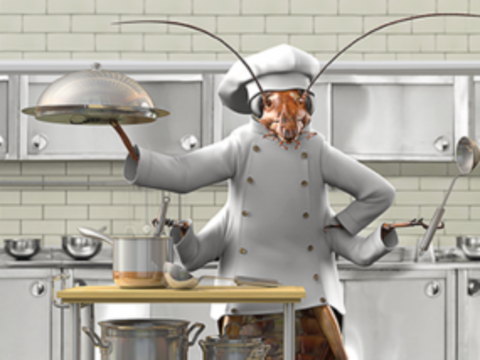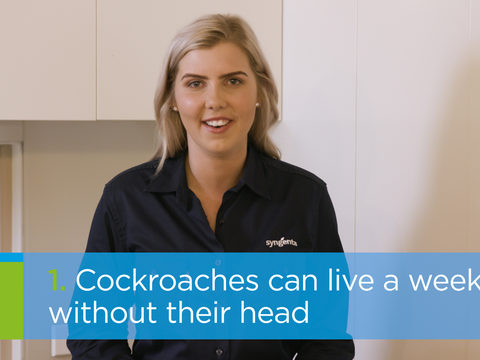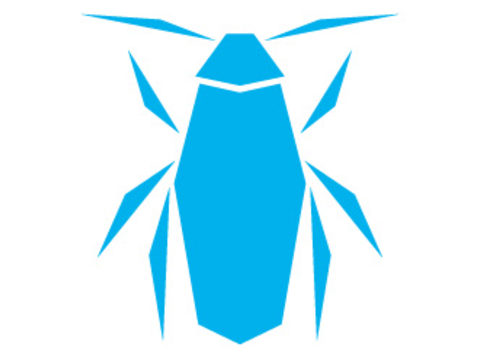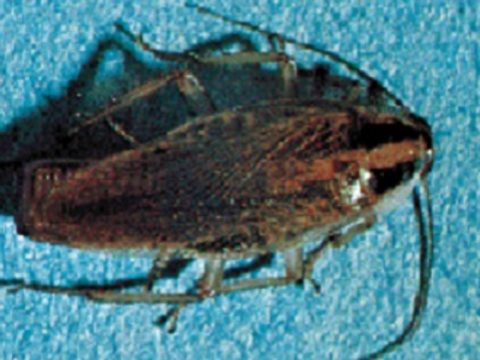That “problem job”: getting control of German Cockroaches
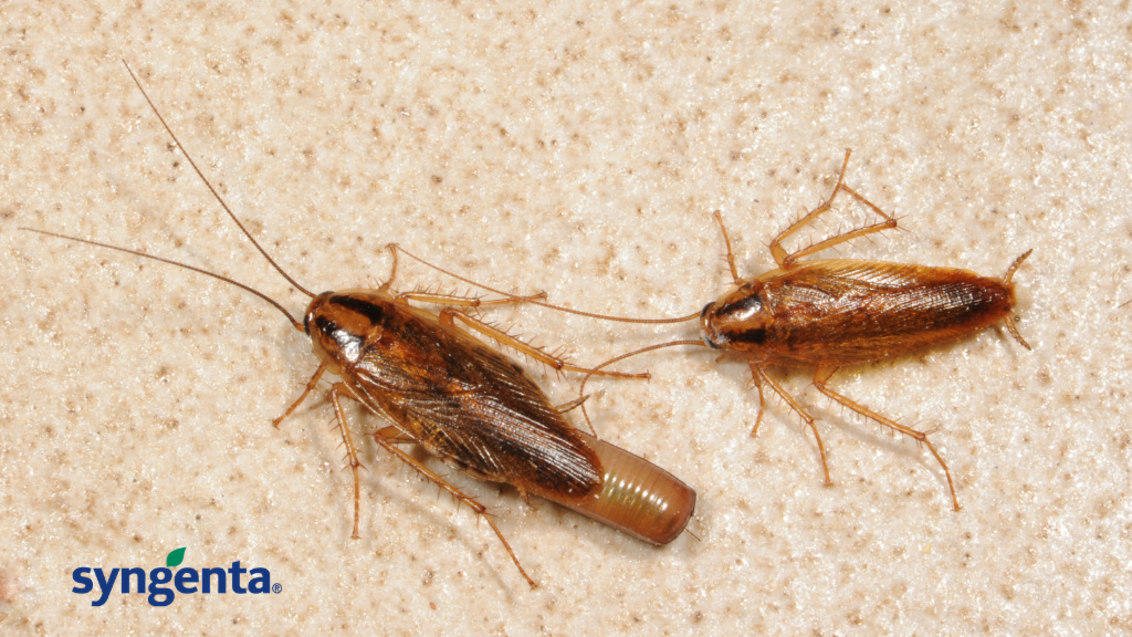
Have you got a “problem job” coming up? You know the type, it’s a job that you just cannot get on top of – you reach a certain point….and then the pests strike back again!
One of the most common “problem jobs” is a German Cockroach (or Blattella germanica) infestation. As a fun aside, did you know they are called Russian cockroaches in Germany?…LOL. These pests are true survivors and have evolved over many hundreds of years to become the problem that you have today. They both carry and store their ootheca’s (egg cases), making it difficult to do some treatments effectively. Especially when we have to consider not only the pest’s behaviour, but also the environment, the chemical selected, the timing of the treatment and of course our own expertise.
One of the most critical parts of a German Cockroach treatment is the timing; when can we do it, and how long are we there to inspect and treat? But just as important, is what hygiene practices are we going to recommend to the client and how much are they going to help us (well, really themselves), let alone how much they’ll be willing to spend to solve this pest problem!
Consider the previous treatments
Once you have all the administration questions out of the road, it’s time to turn to the problem job at hand. Be sure to consider what previous treatments have been used – and especially any potential residual ramifications, either left behind residual from overdosed treatments with the same chemical groups (e.g. 3A, 4A), or no residual because the area is cleaned thoroughly daily/weekly. Both these will have an impact on the treatment that you are considering today. If there is residual present, consider either cleaning it out thoroughly, or using a treatment from a different chemical group. If the customer is cleaning so thoroughly that they are removing all the active ingredient, you may need to consider an alternative option or more frequent visits to get the problem under control.
It is worth noting that insects do not become resistant to a particular product, but rather to the entire chemical group that a product belongs to. Something that is important to consider when you’re looking at changing products due to a lack of result. Be sure not to choose a product that is in the same chemical group as the product that has been ineffective – you’ll likely just receive the same result.
When providing a treatment for new customers who were not happy with the previous treatment, a big watch out for Pest Managers is learning as much as possible about previous treatments. You often do not get access to accurate records of what has been previously applied, let alone where it was used. But do your best to find out what you can, and make any adjustments to your plan accordingly.
Consider your own treatment plan carefully
Treatments should only start after a full and proper inspection, then a plan of treatment should be rolled out.
Consider an approach with both hygiene and manual removal (exclusion) techniques used. Screening drains, windows and doorways is a great way to start. Inspecting lighting and pheromone traps are also great ways of breaking breeding cycles. Set up proper storage of both clean items and food product, be it perishable, package or tinned etc.
Once a treatment plan is selected, be sure to follow the label directions of all products selected. Try to remove all alternative food and water sources and concentrate on the harbourages (high population areas) found during the inspection to give your products the chance to work to their highest potential.
For a “problem job”, it’s unlikely that using just one product will fix it completely, so look for modes-of-action that will complement each other.
For a site that you are treating every month to try to get population control/ extermination, a combination of a gel and non-repellent spray would be ideal. For example, ADVION® Cockroach Gel is a highly palatable insect bait which all species of cockroaches are highly attracted to. This can be backed up with either a non-repellent residual spray treatment like ARILON® Insecticide for a great initial treatment and knockdown.
A gel bait like ADVION® suits high-risk appliances which you don’t want to spray for health and food safety reasons, while a non-repellent spray like ARILON® works well in those hard-to-reach crevices cockroaches love to hide in. This makes their combination very effective in situations where superior cockroach control is needed, such as commercial kitchens, warehouses and areas with persistent infestations. When used together, the products improve the active ingredient delivery to the right areas, giving overall better control, which delivers a broader, longer-lasting treatment zone compared to just using one product on its own.
If you are treating a site less often, for example every 3 months, the recommendation would be to use a gel bait combined with a long-lasting residual spray treatment.
For those areas that are not suited for spray application, for example food-prep areas and high-risk appliances which you don’t want to spray for health reasons, a gel bait like ADVION® Cockroach Gel is the perfect fit within a treatment program. ADVION® is powered by indoxacarb: an active ingredient with a unique mode of action that spreads rapidly to other cockroaches, gaining control of cockroaches which haven’t been in direct contact with the product through Horizontal Transfer. Combine that with a spray like DEMAND DUO® Insecticide which provides rapid knockdown of hard-to-control pests like German cockroaches while continuing to work for you up to 90 days. It does not matter if DEMAND DUO® is on a porous or non-porous surface, it performs strongly on almost all surfaces due to its unique ZC formulation. With a low odour, non-staining formulation, it also has knockdown and maintenance application rates, so you can choose what will work best for the situation at hand.
With the two examples above, note that we have only looked at treatments for the interior. Don’t forget that an application band spray of a good residual insecticide should be applied to all serviceable external surfaces to gain extra control. Consider an insecticide with proven longevity for a thorough treatment, such as DEMAND DUO® Insecticide.
With these treatments, alongside the support and assistance of your client’s hygiene and storage practices, you will get terrific results and happy customers.
Written by Peter Ambrose-Pearce
Technical Services Lead, Syngenta Professional Pest Management Australia & New Zealand


